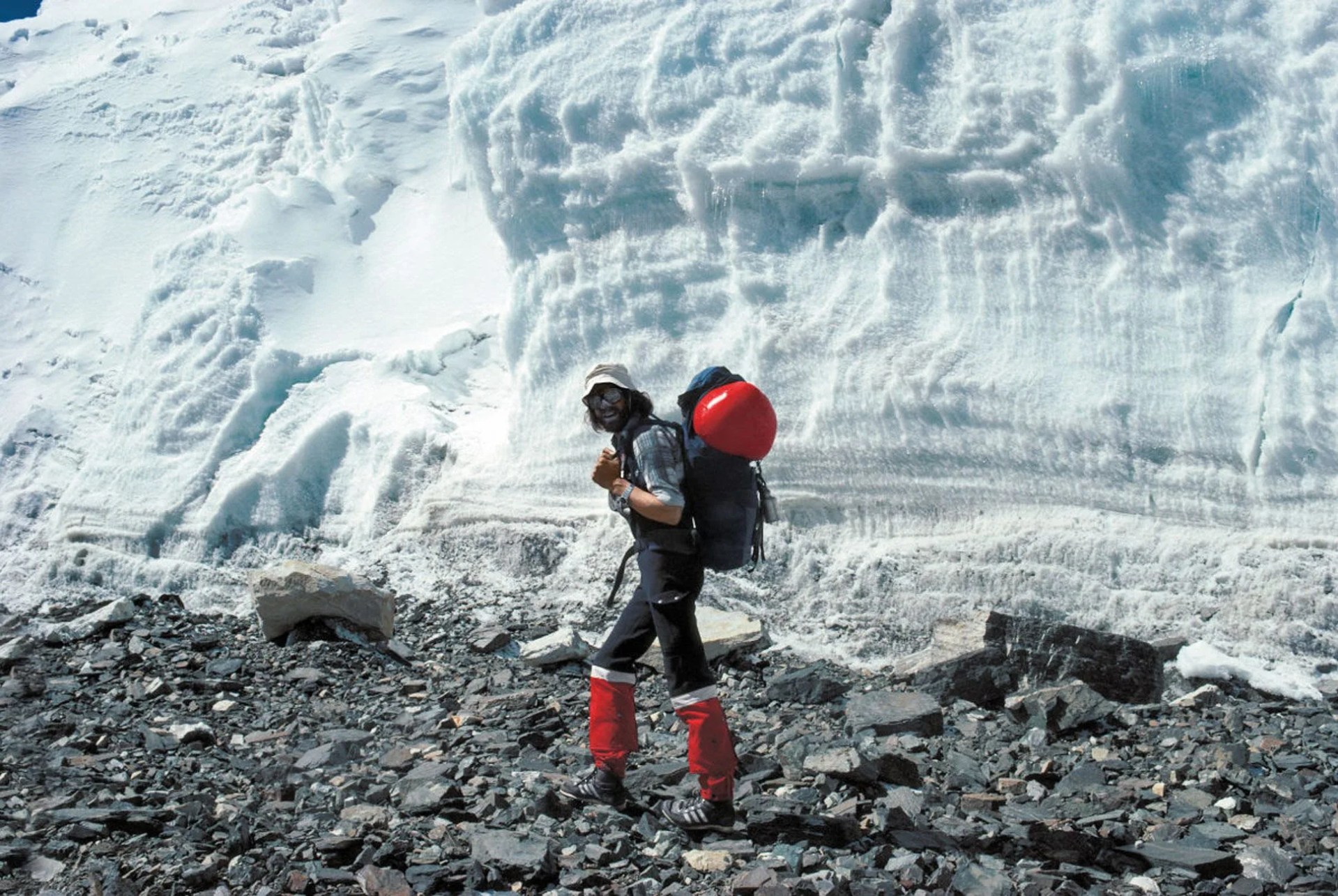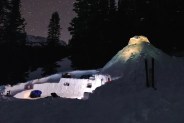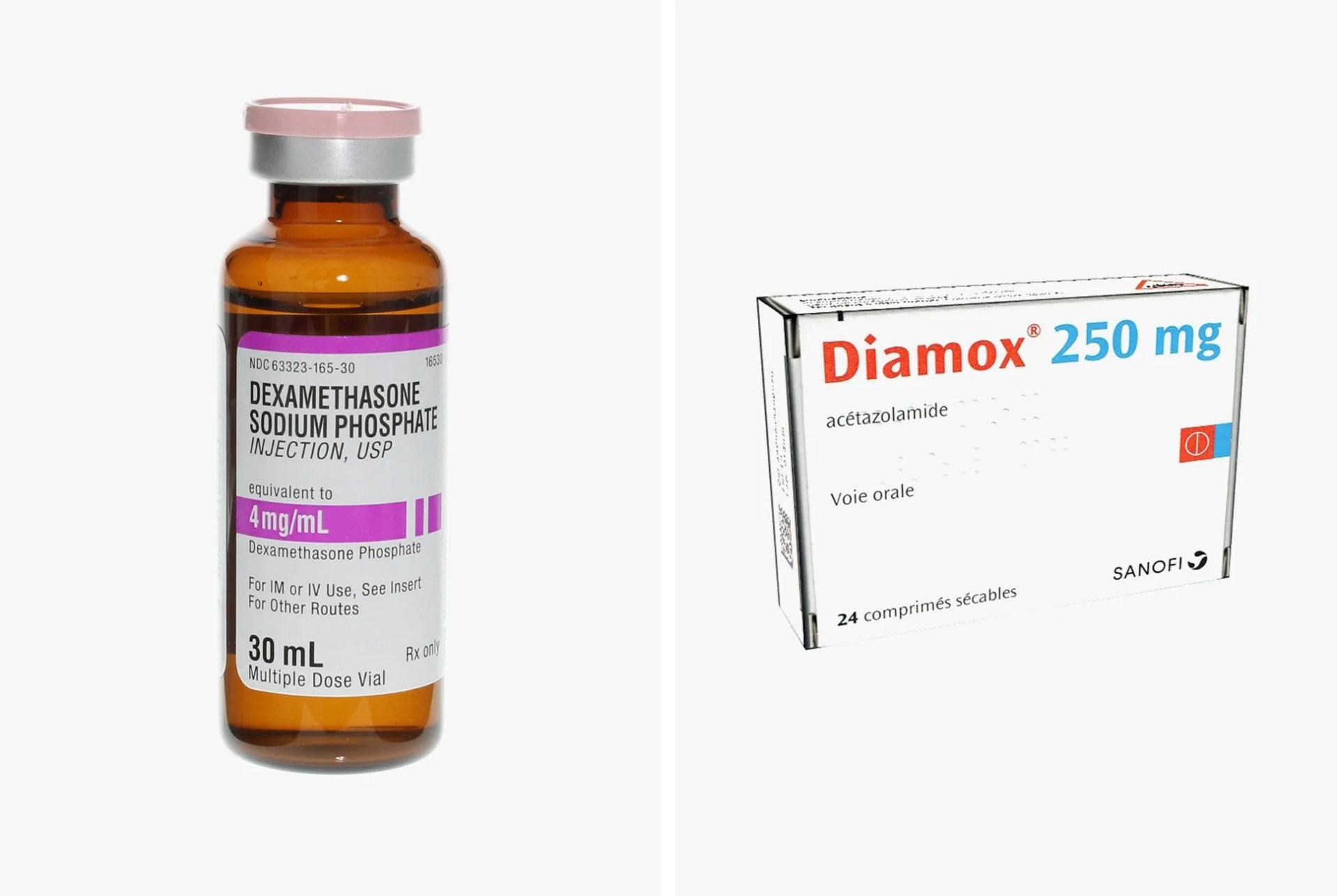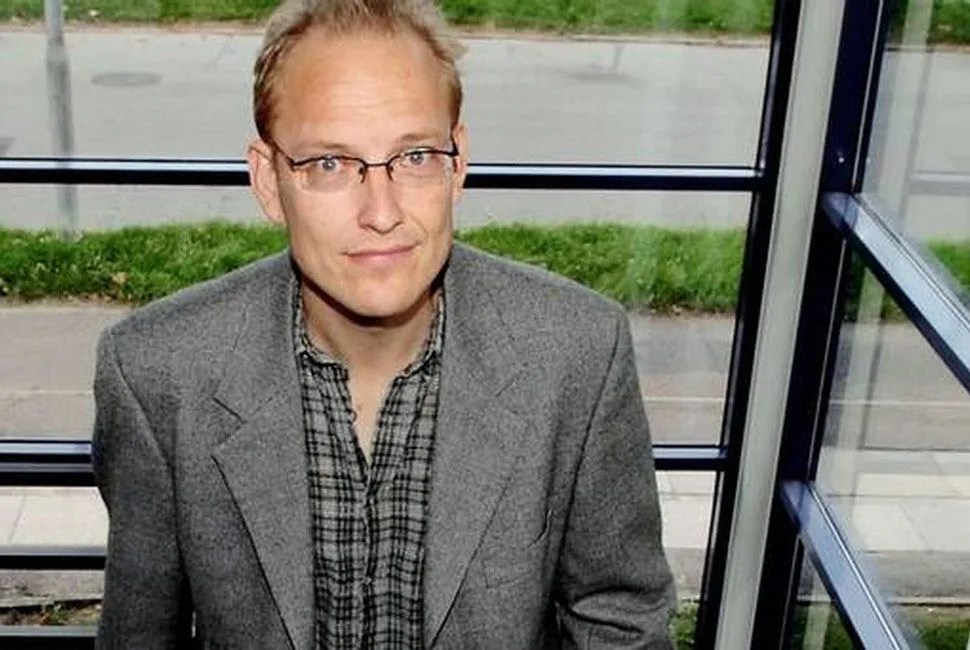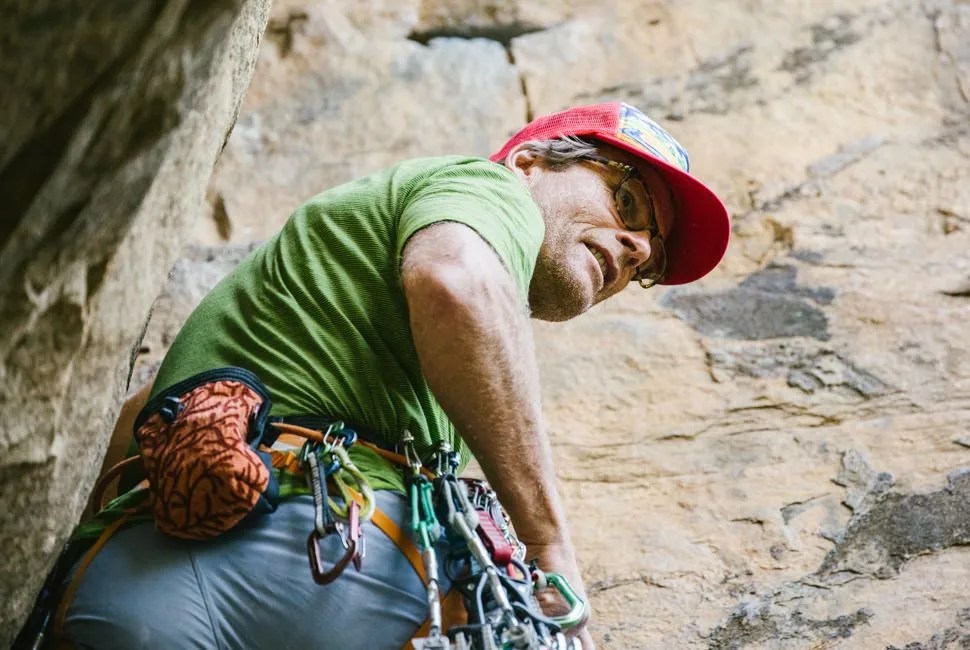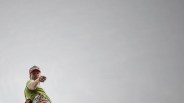Editor’s Note: Thanks in part to Nims Purja’s incredible scaling of the 14 highest mountain peaks in just over six months, we’ve got mountaineering on the brain. But before your next climb, check out this resurfaced 2017 investigation, which explores thought-provoking questions about the different kinds of assistance we use to get high.
Before Hermann Buhl’s first ascent of Nanga Parbat in 1953, the 26,660-foot peak in the western Himalayas was synonymous with death. Thirty-one climbers had died on summit attempts, including 10 in an infamous 1934 debacle. Many more had been thwarted by impossible conditions. But Buhl, a “small and delicate” (his words) 29-year-old Austrian, did it with a faulty crampon and without supplemental oxygen, Sherpa support, or Gore-Tex gloves. On his descent, he was forced to spend the night standing up in a notch below the summit, hallucinating while drifting in and out of consciousness. Then, at the end of his tether, as he recalls in his memoir, Nanga Parbat Pilgrimage, he remembered his methamphetamine pills, Pervitin: “It was the only chance; its brief renewal of my strength might last long enough for me to get down to the tent.” Pervitin — prescription speed, basically — was well known among German and Austrian climbers then for inducing superhuman energy and focus. It had been distributed during WWII to Nazi infantry, who called it panzerschokolade, or “tank chocolate.” Buhl popped two. Later on, he took some Padutin, a blood-flow agent that wards off frostbite, and eventually three more Pervitin; he had also been drinking tea brewed from coca leaves, the raw material for cocaine. Buhl survived. And as he hints in Nanga Parbat Pilgrimage, without the drugs, he wouldn’t have.
Buhl is widely considered one of the greatest alpinists ever, a shining model of the spirit and élan of high-altitude climbing. None other than Reinhold Messner — a Titan among climbing mortals — has called him “a classic mountaineer without equal.” To date, his Nanga Parbat route has been repeated just once. Yet Buhl was essentially tweaking his nuts off, or was at least well sauced on the alpine version of a speedball. By today’s standards, he’d be cast out from the mountaineering temple, stoned for blasphemy, and crucified on the nearest tree. It’s a given that alpinists now rely on all kinds of state-of-the-art technical assistance to get them through the rough spots — crampons, ice axe, helmet, emergency shelter, wicking base layers, hundreds of feet of dry rope, two-way radio, avalanche transceiver, sunscreen, lip balm, hand warmers, rehydrating juice — half of which Buhl lacked. Only a crackpot would suggest ditching any of it. But prescription drugs? Eh. Everyone knows that’s cheating.
It’s no surprise that 8,000-meter climbs can require a medicinal crutch, and Buhl is just one link in a long chain of doping in climbing that includes some of the most storied alpinists in history. Maurice Herzog and Louis Lachenal, twin spires in the sport, were both zonked on morphine when they broke the 8,000-meter barrier in a harrowing 1950 summit of Annapurna. Stephen Venables’s 1988 ascent of the Kangshung Face, thought to be insane at the time, was accomplished with the help of prescription-strength caffeine pills. I could go on.
“In Hermann Buhl’s day, drugs weren’t constructed as a problem — it was like taking a cup of coffee with you.” – Verner Møller
What’s surprising is the recent hand-wringing in the sport over prescription drugs and stimulants, on which alpinists have long relied. Steroids, amphetamines, erythropoietin (or EPO, Lance Armstrong’s drug of choice), epinephrine and nifedipine, morphine and codeine, what else? Viagra and Cialis, which increase blood flow to the lungs (among other places) and mitigate high-altitude pulmonary edema (HAPE). Lesser painkillers like aspirin and Ibuprofen. Rehydration salts and electrolyte solutions. All have been regularly used, if rarely discussed in mountaineering.
